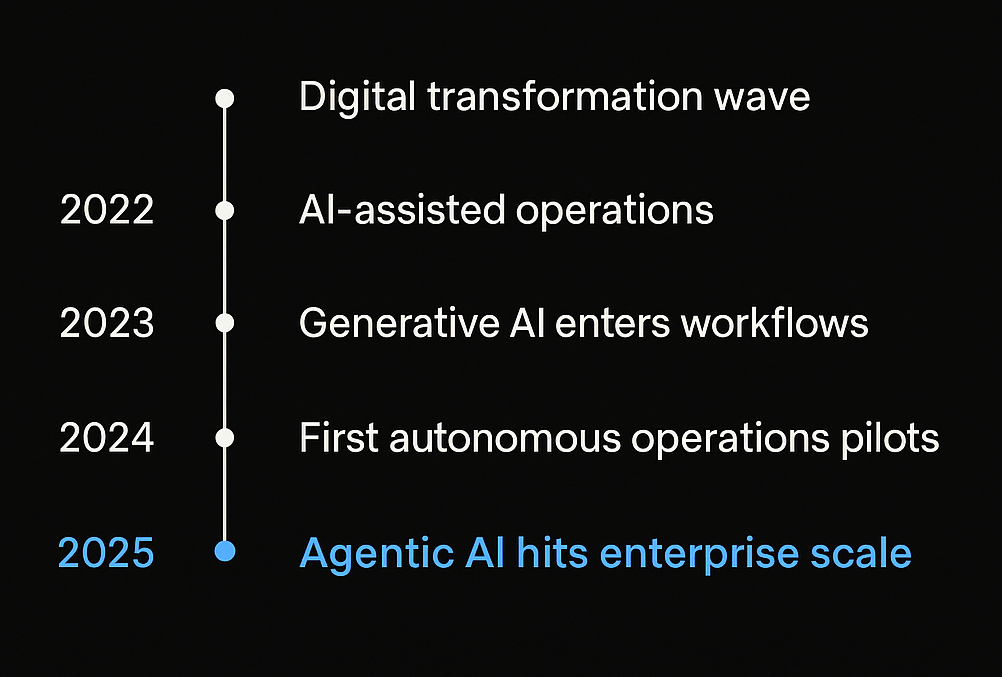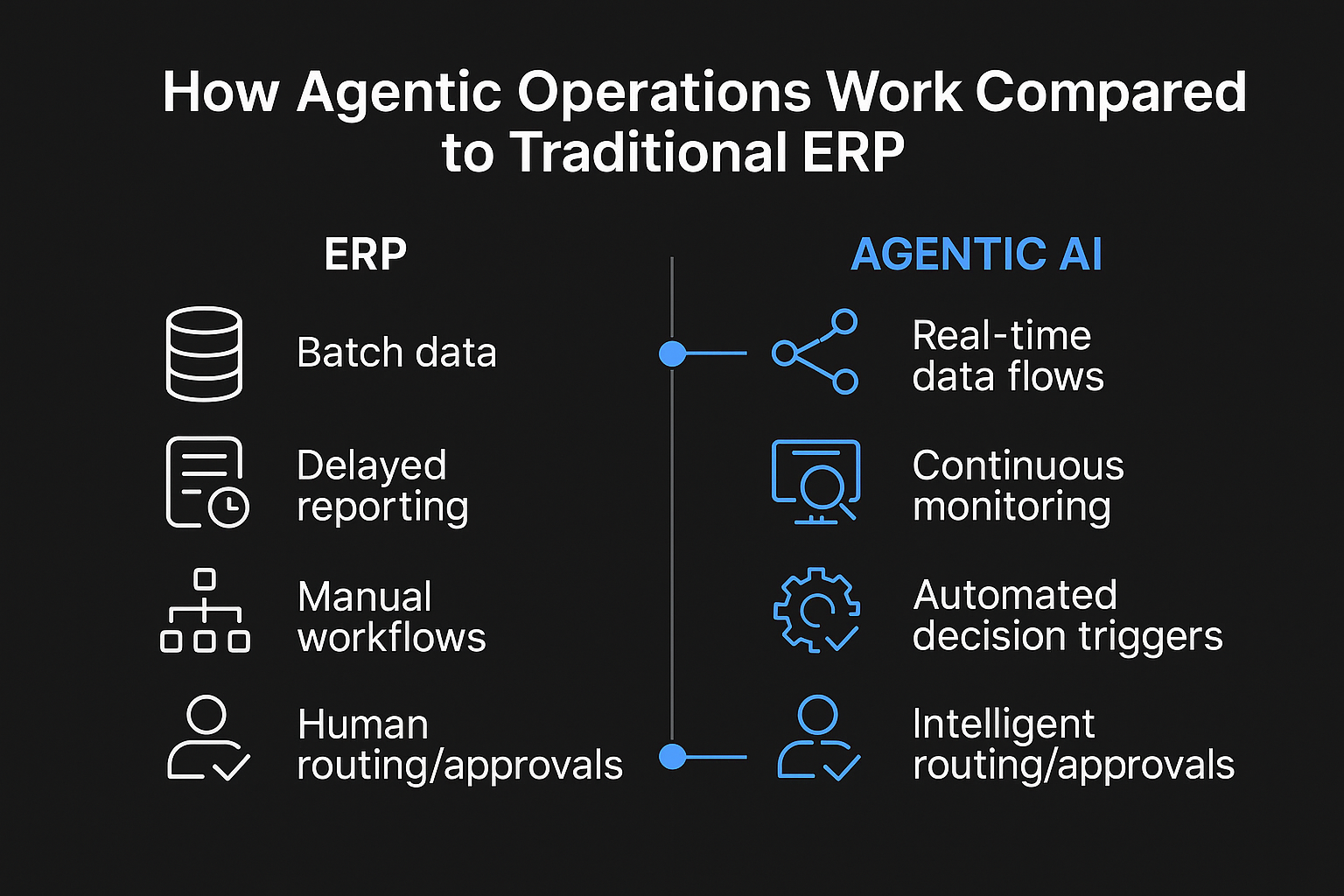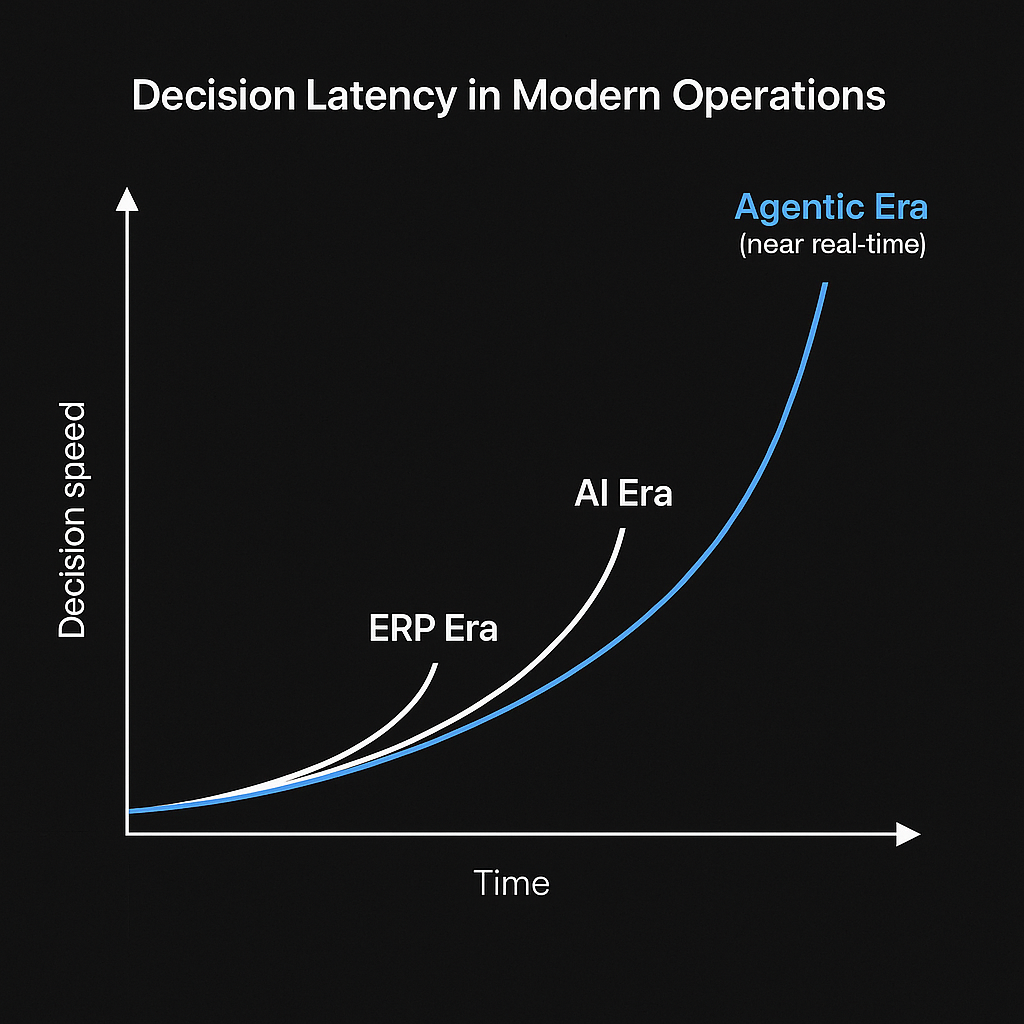Why Project Profitability Now Depends on It
Over the last decade, enterprises have steadily invested in digital transformation, yet many operational teams still rely on fragmented systems, delayed reporting, and manual decision‑making. But the events of early 2025 made one reality undeniable: Operations are entering an era where autonomous, agent‑driven intelligence becomes the new standard - not an experiment.
C.H. Robinson Introduces the First Large‑Scale Agentic Supply Chain
In January, C.H. Robinson launched what it describes as the industry’s first agentic supply chain - a network of AI agents continuously monitoring routes, bottlenecks, pricing, and demand signals in real time. These agents don’t simply alert teams; they make recommendations, optimize choices, and trigger workflows autonomously.
This move marks a structural change: Supply chain orchestration is no longer human‑paced; it’s algorithmically synchronized. For operations leaders, this signals a new baseline of competitiveness. The companies that adopt intelligent, multi‑agent systems will operate at a fundamentally different speed than those that rely on traditional ERP workflows.
Walmart Confirms That “Every Segment” of Its Supply Chain Is Now Intelligence‑Driven
In a recent interview, Walmart’s SVP of Supply Chain Technology noted that AI now influences every layer of their global operations, from forecasting and routing to labor planning and replenishment. What’s notable here is not just the scale, but the framing: AI is no longer a tool - it’s infrastructure.
When the world’s largest retailer standardizes its operational engine around intelligence, other organizations inevitably recalibrate their expectations for efficiency, responsiveness, and cost structure.
How Agentic Operations Work Compared to Traditional ERP

Global Supply Chains Are Moving Toward Real‑Time Decision Frameworks
Reports from PYMNTS indicate that generative and agentic AI are rapidly transitioning supply chains away from batch reporting and towards continuous, real‑time decision intelligence. Instead of waiting for end‑of‑day logs or monthly variance reports, executive teams now expect immediate visibility into margin risk, resource allocation, and operational bottlenecks.
This is a profound change. The information latency that once defined ERP‑centric operations is becoming unacceptable.
How Agentic Operations Work Compared to Traditional ERP

Why This Matters for Project‑Driven Organizations
While these headlines come from logistics and retail, the implications extend far deeper - into any organization where projects, resources, and operational costs determine profitability. Across construction, manufacturing, professional services, energy, and technology operations, leaders face three recurring challenges:
- They don’t know where projects lose money until it’s too late
- Their operational systems don’t communicate in real time
- Their teams operate on delayed, manual workflows
Agentic AI directly addresses all three.
The Role of ARP: A New Operational Category Emerges
The shift toward AI‑native operations is revealing a structural gap: legacy ERPs manage data and transactions, but they don’t manage profitability, execution, or decision‑making. This is why Agentic Resource Planning (ARP) is emerging as the next operational layer.
Platforms like Aden ARP unify operations, financial signals, and resource data into a live system that enables:
- Real‑time project profitability intelligence
- AI‑driven workflow automation
- Predictive resourcing and scheduling
- Smart approvals and exception handling
- Automated cost and variance monitoring
In other words, ARP doesn’t replace ERP - it activates it. It turns static data into actionable intelligence and replaces manual processes with agent‑driven automation.
Decision Latency in Modern Operations

The Strategic Imperative for 2025
The organizations adopting agentic systems today are setting a performance benchmark that others will need to match:
- C.H. Robinson reduced lag in decision cycles
- Walmart increased speed in demand and labor response
- Global supply chains moved from delayed reporting to real‑time intelligence
Operational excellence is shifting from human‑driven coordination to AI‑native orchestration. For project‑driven organizations, this shift is even more critical. Project margins are thin, resources are constrained, and delays compound rapidly. Agentic systems offer visibility and actionability at the pace modern operations require.
What ARP Adds Above ERP

Profitability Now Belongs to the Intelligent Organization
In 2025, companies that adopt agentic AI will operate with greater alignment, fewer delays, and significantly stronger financial outcomes. The transition is no longer optional - it’s competitive.
Aden ARP represents this new generation of operational intelligence, enabling leaders to manage projects profitably, in real time, with AI‑native clarity and control.
🔥 Turn Operational Blind Spots Into Profit Clarity.
Get a guided walkthrough of Aden ARP.
🔥 If your projects had real-time profitability, what would change tomorrow?
Find out in a 20-minute session.
🔥 Stop managing projects in the dark.
See how AI-native ARP reveals margin leaks instantly.